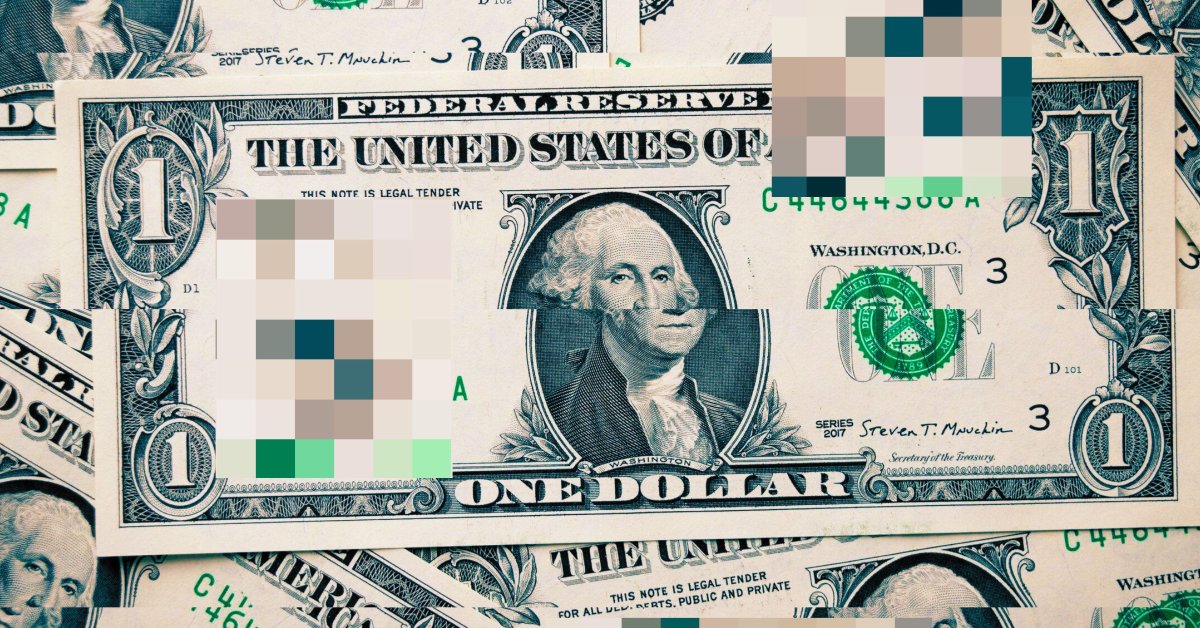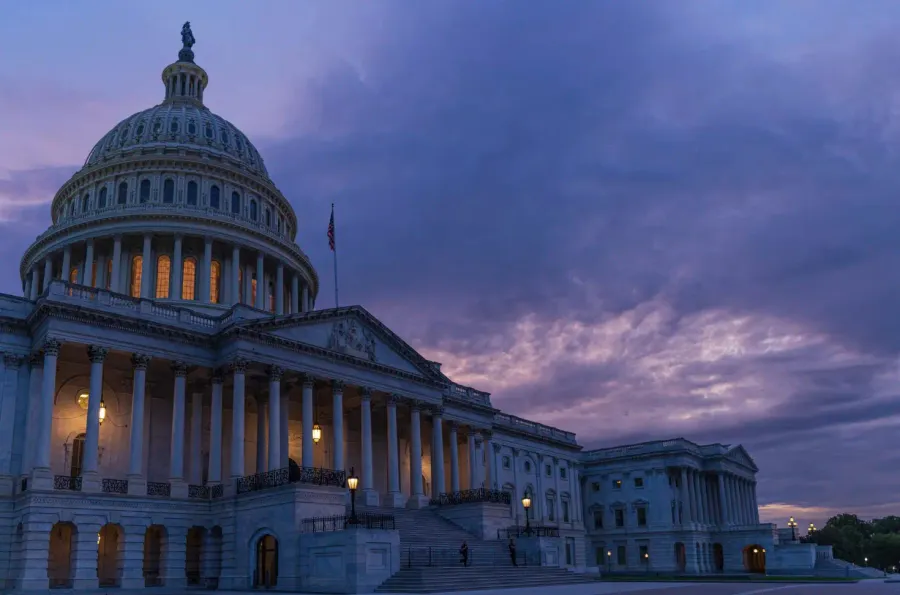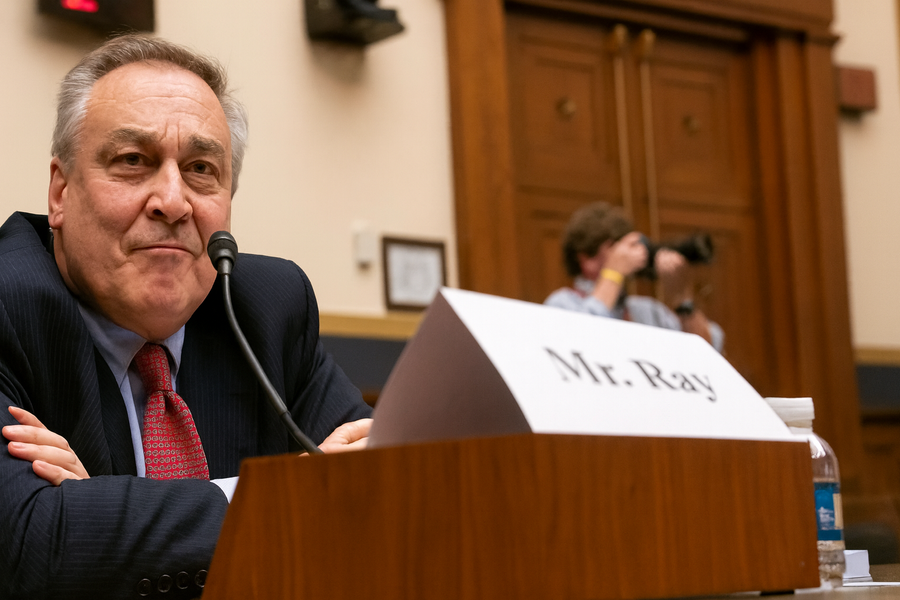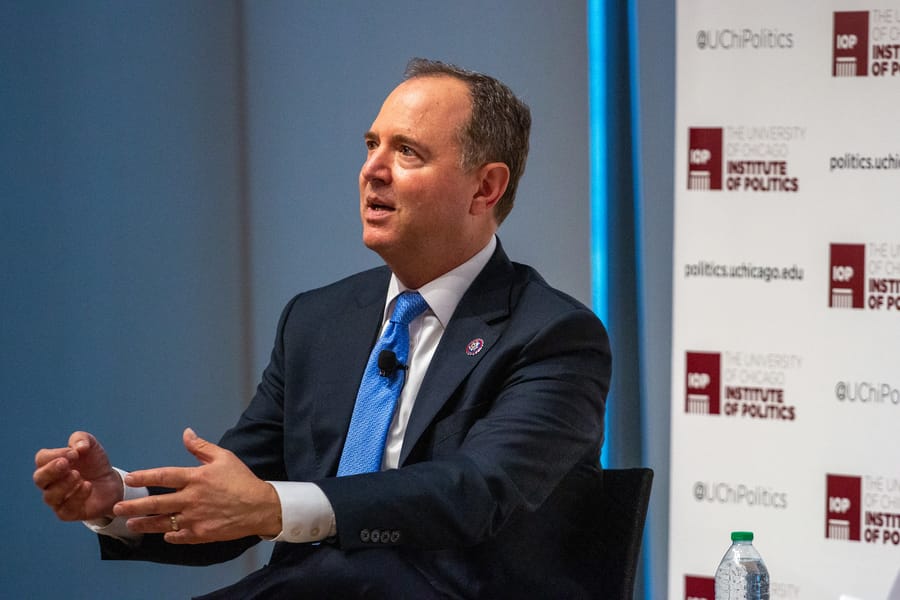On 3 April 2025, the U.S. Congress made significant strides in cryptocurrency regulation when the House Financial Services Committee passed the STABLE Act, a stablecoin bill, with 32 votes in favour and 17 against. This decision came shortly after the launch of the USD1 stablecoin on 25 March, backed by the Trump-led Web3 Liberty Financial Initiative (WLFI). Pegged 1:1 to the U.S. dollar, this new digital asset has sparked serious concerns among Democratic lawmakers due to its political backing, with fears that, without proper regulation, it could precipitate financial instability.
Both the House and Senate have prepared their respective bills—the STABLE Act and the GENIUS Act—which stipulate the amount and type of reserves required for stablecoin issuers. The current regulatory draft has ignited fierce debate, particularly because it would permit non-financial entities to issue stablecoins. This is framed as a crypto law, but the biggest beneficiaries are likely to be major tech platforms, cautioned Hilary Allen, a professor at American University’s Washington College of Law. Such a provision could open the door for companies like Elon Musk’s X, Mark Zuckerberg’s Meta, or Amazon to create their own digital currencies. The American Bankers Association has vociferously opposed measures that would incentivise holding money in stablecoin form rather than bank deposits, arguing that this poses a substantial risk to banks’ critical role as credit intermediaries in the economy.
The Trump administration aims to secure passage of a unified stablecoin law by August 2025—a goal that comes as little surprise, given that the cryptocurrency industry spent over $119 million supporting crypto-friendly congressional candidates in the 2024 elections. Arthur Wilmarth, a law professor at George Washington University, warns that this represents an existential threat to the banking sector and the broader financial system. Meanwhile, in Europe, the effects of regulatory shifts are already apparent: Binance, the world’s largest cryptocurrency exchange, has delisted Tether (USDT) for its European clients to comply with the new MiCA (Markets in Crypto-Assets) regulations. According to Coingecko data, the aggregate market value of stablecoins currently stands at $238 billion, a figure that remains stable for now, though experts predict that forthcoming legislative changes could soon trigger significant market movements.
Source:
1.

2.
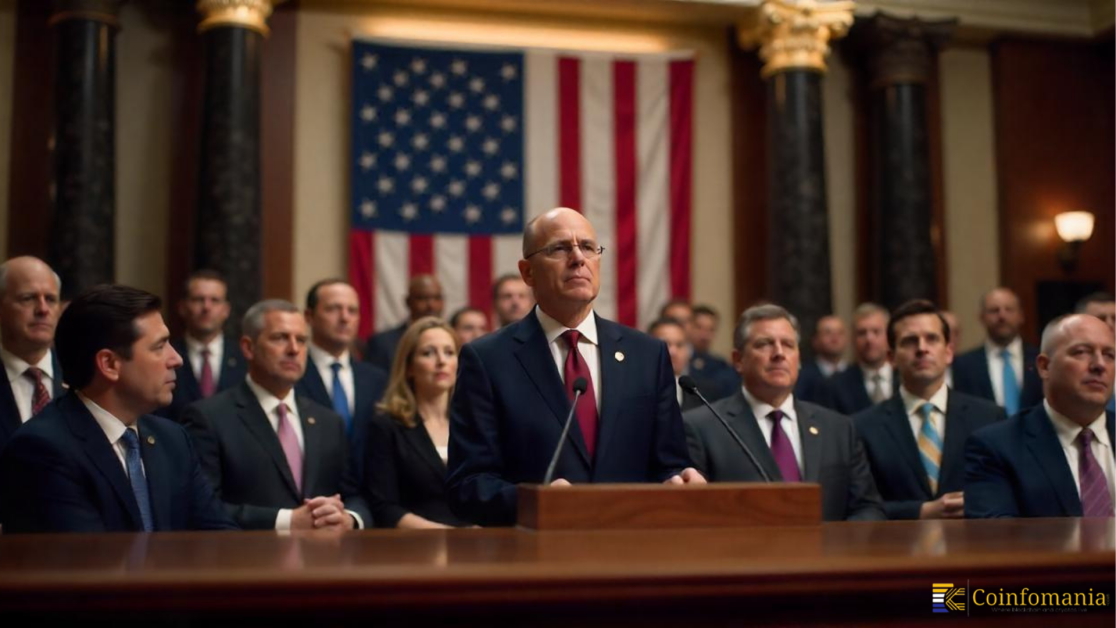
3.

Influential crypto leaders urge lawmakers to permit stablecoin issuers to pay interest to token holders, as legislation advances in Congress.
4.
